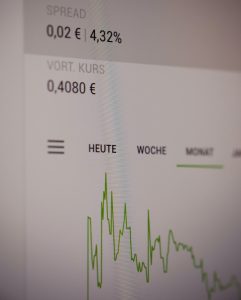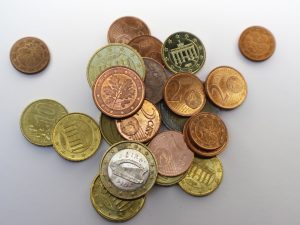Forex, also known as the foreign exchange market, is the largest financial market in the world. It is where traders buy and sell currencies from different countries. The forex market operates 24 hours a day, five days a week, and is accessible to anyone with an internet connection. The currencies traded in forex are diverse, ranging from major currencies like the US dollar, euro, and Japanese yen to exotic currencies like the Thai baht and South African rand. In this article, we will explore the currencies that are traded in forex, their characteristics, and their importance in the global economy.
Major currencies
Major currencies are the most commonly traded currencies in the forex market. They are considered the most liquid and stable currencies in the world. The major currencies are the US dollar (USD), euro (EUR), Japanese yen (JPY), British pound (GBP), Swiss franc (CHF), Canadian dollar (CAD), Australian dollar (AUD), and New Zealand dollar (NZD). These currencies are widely used in international trade, and their exchange rates are closely watched by traders and investors.
The US dollar is the most widely traded currency in the forex market, accounting for approximately 88% of all forex trades. The euro is the second-most traded currency, accounting for approximately 32% of all forex trades. The yen, pound, Swiss franc, Canadian dollar, Australian dollar, and New Zealand dollar account for the remaining forex trades.
Exotic currencies
Exotic currencies are currencies from emerging market countries that are less frequently traded in the forex market. These currencies are more volatile and less liquid than major currencies. Examples of exotic currencies include the Brazilian real (BRL), Mexican peso (MXN), Turkish lira (TRY), Russian ruble (RUB), and Chinese yuan (CNY).
Exotic currencies are generally more sensitive to economic and political events in their respective countries. For example, the Mexican peso may be affected by changes in US trade policies, while the Turkish lira may be affected by political instability in Turkey. As a result, exotic currencies can offer higher potential returns for traders but also carry higher risks.
Cross currencies
Cross currencies are currency pairs that do not involve the US dollar. These pairs are called cross currencies because they are traded between two major currencies without the involvement of the US dollar. Examples of cross currencies include EUR/GBP, EUR/JPY, and GBP/JPY.
Cross currencies are important for traders who wish to diversify their portfolios and take advantage of opportunities in different currency markets. They can also help traders hedge against currency risks by allowing them to avoid exposure to the US dollar.
Commodity currencies
Commodity currencies are currencies of countries that are major exporters of commodities such as oil, gold, and other natural resources. Examples of commodity currencies include the Canadian dollar, Australian dollar, and New Zealand dollar.
Commodity currencies are closely tied to global commodity prices and are therefore more volatile than other major currencies. For example, the Canadian dollar may be influenced by changes in oil prices, while the Australian dollar may be influenced by changes in gold prices. Traders who are knowledgeable about commodity markets may be able to take advantage of opportunities in commodity currencies.
Conclusion
The forex market is a complex and dynamic market that involves a wide range of currencies from different countries. Understanding the characteristics of the currencies traded in forex is essential for traders who wish to succeed in this market. Major currencies are the most commonly traded currencies and are widely used in international trade. Exotic currencies are more volatile and less liquid than major currencies and may offer higher potential returns but also carry higher risks. Cross currencies and commodity currencies are important for diversifying portfolios and taking advantage of opportunities in different currency markets.






